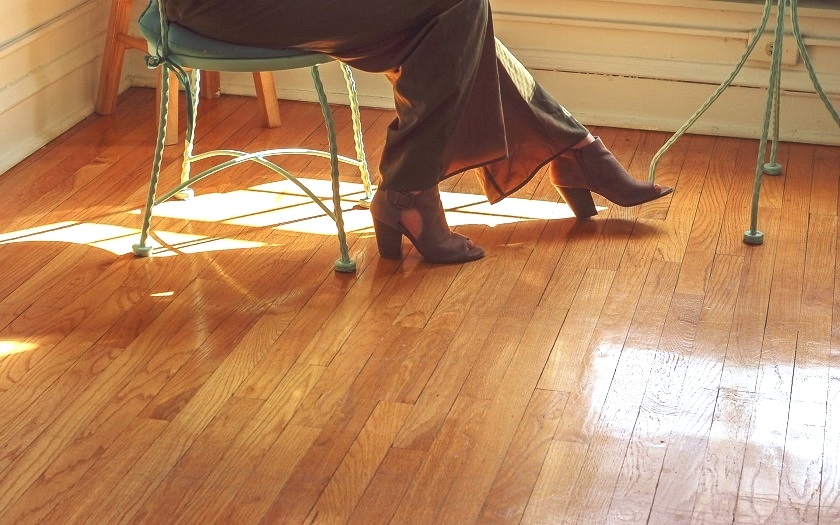The best thing about wood floorings is its surface texture. Real wood is an amazing and greatly fascinating material, whether you opt for Engineered Oak Flooring or solid wood flooring. There are several reasons to choose and install wood flooring in your home but one of the most important factors is the exciting surface texture which adds a unique personality to your space. It looks very attractive and enticing, the beauty of which can be adored for hours.
So let’s take a look at the different and amazing textures that wood flooring offers!
1. Hand Scraped Wood Flooring
This is one of the oldest and most traditional ways of sanding a hardwood floor. The Hand Scraping technique offers a unique distressed look to the wood flooring. Ingrained with long scrapes and distinct groves due to the use of hand scraper, draw knife and at times chisel. The hand scraped flooring gives the floor an antique and vintage look, thereby exalting the overall beauty and character of the place.
This type of flooring is generally demanded by historical homes, lodges, vintages hotels, cabins so as to complement the historic look of the place. It is also perfect for families with pets and children as you do not have to worry about the dings and scratches. It's expensive and timeless look appeals to most homeowners due to its low maintenance cost as well. This type of texture is well suited for a range of different woods - both soft and hard like Oak, Pecan, Hickory, Pine, Walnut and others.
2. Distressed
Distressed flooring is a lot dramatic in looks. This is the result of a number of tools and techniques working together for its unique appearance. They are often mistaken for hand scraped and look as if they have gone through a lot of abrasion. Distressed flooring has an authentically antique appearance because of the knots, scrapes, dents,wormholes, pits, burns, and etc. Distressed Wood Flooring is available in both - solid hardwood as well as engineered wood.
If you want to identify the differences between distressed and other types of flooring textures, the jeans analogy is the best way to differentiate. Wire Brushed floors, for example, are like your pair of everyday jeans. They do not scream distinctiveness, there are not many things that segregate them or make them unique, they’re quite average. Whereas distressed floors are like your special pair of jeans! Something that always makes you stand out in the crowd.
3. Wire Brushed Wood Flooring
Wirebrushed gives the floor a delicate texture while maintaining its attractive and smooth appearance. This look comes from the subtle yet intended wire type scratches. Moreover these scratches are smoother and more consistent than distressed and hand scraped flooring. This helps in adding durability to the floor as it is able to withstand regular wear and tear.
Lately wired brush flooring has become really popular due to its authentic look, and its solid and smooth finish. People are loving this imperfection look as it adds character to any space without giving an unfinished look. Plus it helps in disguising the scratches that eventually appear due to daily wear and tear if you skip regular maintenance and cleaning. Having said that, Wirebrushed oak flooring will be a great option for kitchens due to its ability to camouflage mess and dirt.
4. Smooth Hardwood Flooring
Hardwood flooring with a smooth texture and finish adds glamour and personality to the room. Its elegance best shines put when used in a darker shade. This type of flooring is one of the most common types of flooring used with on-site flooring. An ideal choice for modern and slook homes as its smooth and polished look complements the new age look of the space.
To wrap it up, when it comes to textured flooring there are no lack of choices! Now as you know about different types of herringbone flooring options, choose one that best suits your preferences and requirements and get ready to transform your living space!












No Comments